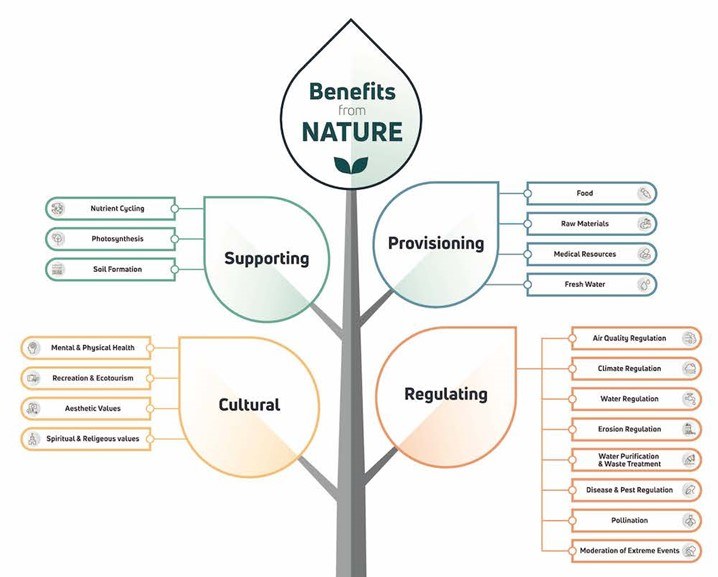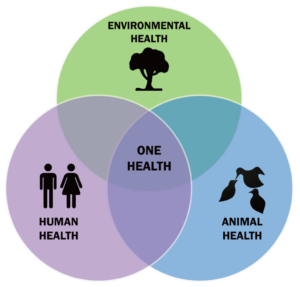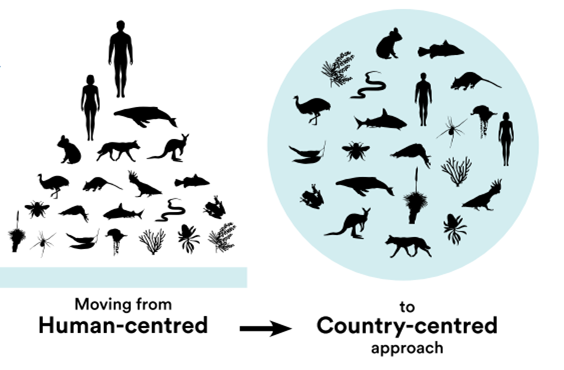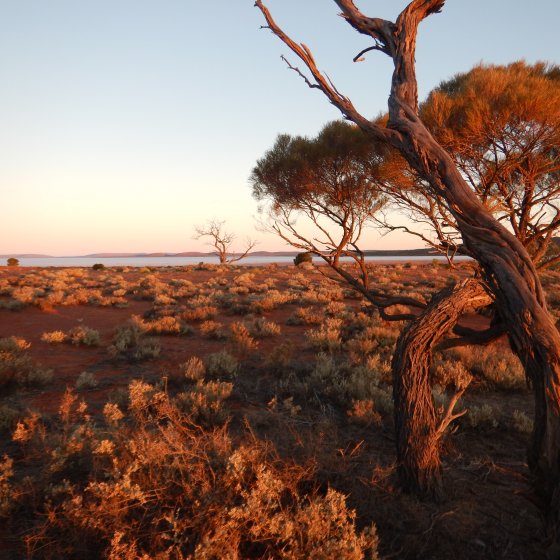A Healthy Environment
Our environment is not only about plants and animals and the habitats in which they live. It also encompasses the air we breathe, the land and aquatic environments that support our primary industries and the rural/urban environments where we live. Our environment provides services that are necessary to sustain life as we know it.

Humans rely on a healthy environment for their health and wellbeing. This includes biodiversity, climate and air quality. An unhealthy environment is going to impact the environment’s capacity to deliver these services. It is important that we recognise ecosystem services are not infinite and that we need to take care of our environment, so it takes care of us. Our life depends on it. This requires commitment, education, support and resourcing.
One Health recognises the interconnection between the health of the environment, animals and humans. There is an increasing interest in the adoption of the One Health approach by the University of Adelaide, SA Health and the Healthy Environment and Lives Network. Recognising and understanding the interconnection between environmental health and human health is vital, and protecting and improving the environment in which we live is likely to reduce the pressure on our healthcare systems.

There is an increased risk that more people are becoming disconnected from nature with increasing urbanisation, advances in technology and the occurrence of more extreme weather conditions. We need to improve this connection and better educate ourselves to understand the importance of protecting the environment and the benefits this brings economically, socially and for our wellbeing. People who value and connect with nature are more likely to care for it. This will facilitate behaviour change and increase the chance of people becoming more actively involved in protecting the environment that supports them.
Aboriginal people have a strong cultural connection to Country and consider themselves to be a part of Country and have an obligation to care for Country. ‘It is important to look after land for wellbeing and culture. If our land is not well, we are not well.’
Connecting with Country and nature requires us to shift from a human-centred approach, which prioritises the needs of people over the environment, to a Country-centred approach that considers ourselves as part of nature.

Further Reading
- Nature SA – Provides information on the importance of nature conservation and our connection with nature.
- Connecting Global Priorities: Biodiversity and Human Health. A State of Knowledge Review – A report on the benefits that biodiversity brings to human health, World Health Organization and the Secretariat of the Convention on Biological Diversity.
- Natural environment and health – Presents information on the key aspects of the environment that can influence our health.
- Environmental Health – Provides information from the Australian Government and SA Health on physical, chemical and biological factors in the environment that can impact health.
